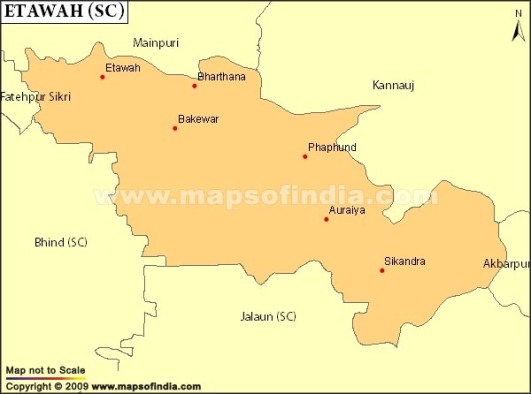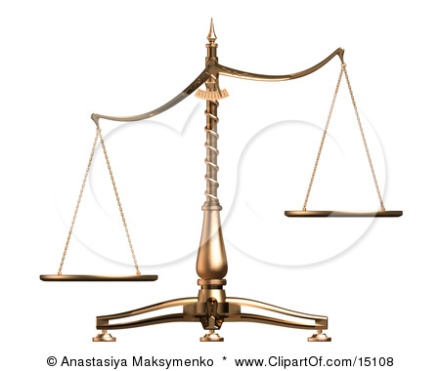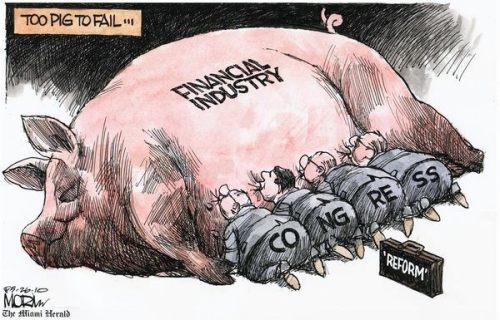ETAWAH: The Land of Talents
Etawah, my native place, is a city in the state Uttar Pradesh near Yamuna River. It is a part of a Kanpur Division. Also Etawah is a place of sangam between Yamuna River and Chambal River. If we go in the history of the city, it was an important center for the Revolt of 1857.
Chambal ki Gattis are close to Etawah city, hence it is a notorious city even today. But today I, Anusha Pathak, want all of you to know that my native in not that bad as everyone thinks. Etawah is a land of talents too and here I am presenting few amazing talents of Etawah people.
1. Ustad Imdad Khan (1848–1920), Instrumental Classical Musician: Even though his father Ustad Sahabdab Khan was the founder of Etawah Gharana, which comes from the most ancient school of music, the Gwalior Gharana, Ustad Imdad Khan was the one who developed the instruments, and created an innovative instrumental style that became characteristic of the Etawah gharana. The gharana is also called as Imdadkhani Gharana.
Ustad Imdad Khan was born in Agra, but later shifted to Etawah. He was taught by his father Ustad Sahabdab Khan and the legendary beenkar Bande Ali Khan. He had served to kings of Mysore and Indore. He also played for Queen Victoria in Delhi.
In the 19th century, Senia style was dominating in the instrumental classical music of Northern India. But, Ustad Imdad Khan introduced the element of Khayal gayaki into the alap of the first time. All gayaki ornamentations were implemented and systematically developed into the techniques for this newly developed style for playing sitar.
Ustad Imdad Khan was the first Sitar player to come out with a recording.
2. Devesh Singh Chauhan (1980), Hockey Player of India: Devesh Chauhan has born on November 12, 1980 in Etawah. He is a Hockey goalkeeper from India. In early 2000, Devesh Chauhan made his international debut for the Men’s National Team. He represented India twice at the Olympics in 2000 (Sydney Australia) and in 2004 (Athens, Greece) where India finished in seventh place on both the occasions.
In the year 2001, Champions Challenge for Men was the inaugural tournament of Champions Challenge which held in Kuala Lumpur, Malaysia. Devesh Chauhan was the goal keeper of Indian Hockey team at that time. India defeated South Africa by 2-1 in the final to win the competition.
3. Gopaldas Saxena ‘Neeraj’ (1924), Poet and Song Writer: E bhai zara dekh ke chalo song from Mera Naam Joker, would always remind you of Raj Kapoor and Manna Day. But Gopaldas Saxena ‘Neeraj’ (or popularly known as Neeraj as it is his pen name) was the one who wrote the song. Not only this but many songs like O meri Sharmili from Sharmili, Phulon ke rang se, dil ki kalam se from Prem Pujari, both sung by Shri Kishore Kumar. Rangeela re from Prem Pujari sung by Lata Mangeshkarji, Mera man tera pyasaa from Gambler sung by Mohammed Rafi and many more.
‘Neeraj’ji is among the best known poets and authors in Hindi literature. He is also famous poet of Hindi Kavi Sammelan. He has many collections i.e., “Neeraj ki Paati”, “Baadlon se Salaaam Leta Hoon”, “Geet jo Gaye Nahi” etc.
He was born on January 4, 1924 in the small village Ekdil of Etawah. His style is easy to understand but is compared with high quality Hindi literature. Besides writing he was the Professor of Hindi Literature in Aligarh.
In the year 2007, he was awarded Padma Bhushan. Recently in the March of this year 2012, he recited some of his works at Annual Inter-College Cultural festival, Spoculit of Dr. Ram Manohar Lohiya National Law University, Lucknow. Nowadays he works as the Chancellor of Mangalayatan University, Aligarh.
4. Mulayam Singh Yadav (1939), Ex-Chief Minister of Uttar Pradesh: Mulayan Singh Yadav is an Indian politician, head of Samajwadi Party (SP) from Uttar Pradesh. He was born on November 22, 1939 in the village Saifai of Etawah. He did his education from different colleges of Uttar Pradesh like K. K College, Etawah, A. K. College, Shikohabad and B. R. College, Agra University.
He was the Chief Minister of Uttar Pradesh thrice from 1989-1991, 1993-1995 and 2003-2007. He also served as Minister of Defence (1996-1998) in the United Front government. His supporters call him Netajee and Dhartiputra. Mulayam Singh is a dedicated follower of Indian socialist leaders like Raj Narain and Ram Manohar Lohia.
Now his son Akhilesh Yadav (1973), who was also born in Saifai village, is Chief Minister of Uttar Pradesh. He took his primary education from Saint Mary School, Etawah.
5. K. Asif (1922-1971), Film Director: Asif Karim was born on June 14, 1922 in Etawah. He was a film director, film producer and screenwriter. He is most famous for his work for the epic Hindi movie Mughal-e-Azam (1960).
Asif Karim went to Bombay to his brother-in-law Nazir Ahmed Khan and later took the name K. Asif. His directorial debut was Phool (1945), with a star cast of Prithviraj Kapoor, Durga Khote and Suraiya, which did well on box-office. Later he came up with the Mughal-e-Azam in 1960 with Dilip Kumar and Madhubala, which bagged him the status of legend despite his very few work.
The other film he made was Hulchul in 1951. While shooting on another film Love and God, K. Asif died on March 9, 1971 at the age of 48.
Along with all these eminent personalities and specialties of Etawah, former Indian President, late Dr. Zakir Hussain (February 8, 1897) pursued his school education in H.M.S Islamia Inter College, Etawah which is an epitome of unity and good relations between Hindus and Muslims.
So from all this we can see that Etawah, my native place, a small city of Uttar Pradesh, India, has so much of talent within itself. Etawah has given many prominent personalities to India in different fields like Music, Sports, Literature, Politics, and Films etc.
Hence, I can say even if it is notorious place, thanks to Chambal ke Daakus, it has given me many more reasons to say that I am proud of my native place. I am proud of Etawah.
Anusha Pathak,
TYBMM Journalism,
Sophia College.

















